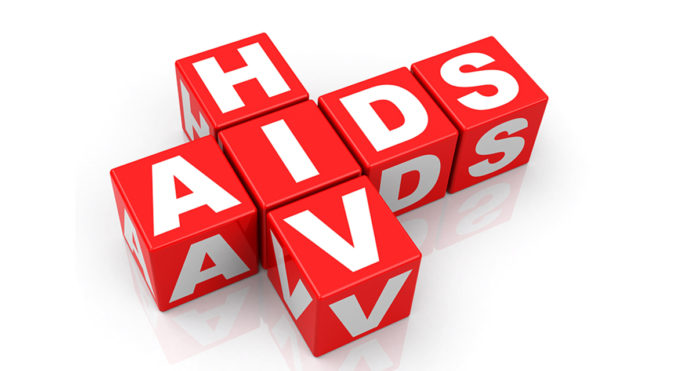The Scoop on Protein: Daily guidelines and 7 Simple tips to boost your intake
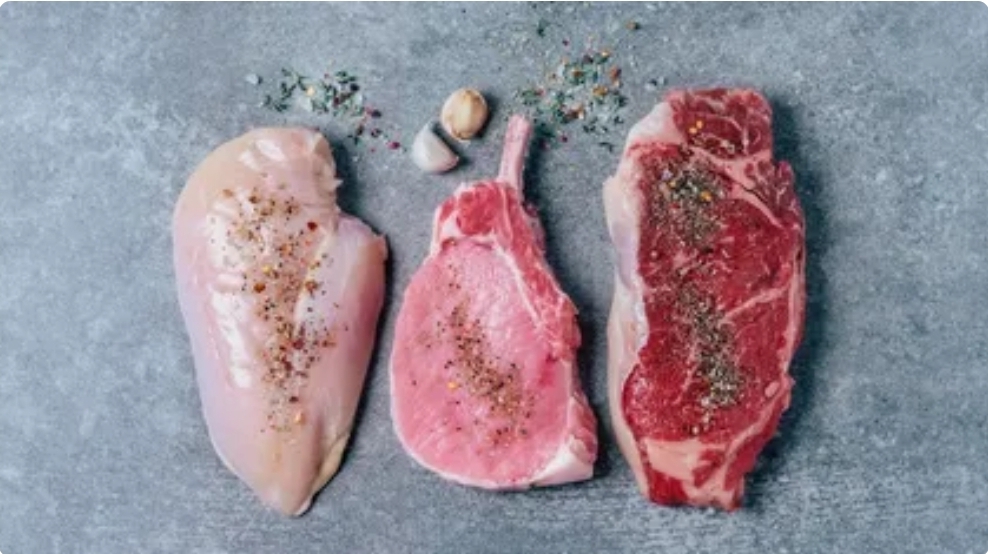
Protein is having its moment in the health world right now. You have probably heard that you need to increase your protein intake, but how much do you actually need? Protein helps regulate hormones, transports molecules, acts as an enzyme for chemical reactions and more. If you’re not sure how much protein you’re eating daily, it’s probably a good idea to start tracking your intake and figuring out how much you need daily. If you aren’t tracking this information, it’s easy to come up short on your protein quota. This is also true if you have dietary restrictions that prevent you from eating certain foods.
A good way to determine how much protein you need daily is first by understanding what a serving of protein looks like. Overall, everyone has different dietary requirements, but for the average person, 100 grams of protein daily is ideal. Keep in mind that if you’re active, you may need more protein in your diet.
This visual guide shows what 100 grams of protein look like whether you follow a vegan, vegetarian or omnivore diet.
The grams were calculated by taking the information from the nutrition facts label on packaged items and weighing them when necessary. The gram amounts listed in this guide are specific to the products used for this experiment, so your numbers may vary if you look at a different brand of bread or yogurt.
Use this visual guide to better understand what 100 grams of protein looks like on a plate.
100 grams of protein for omnivores
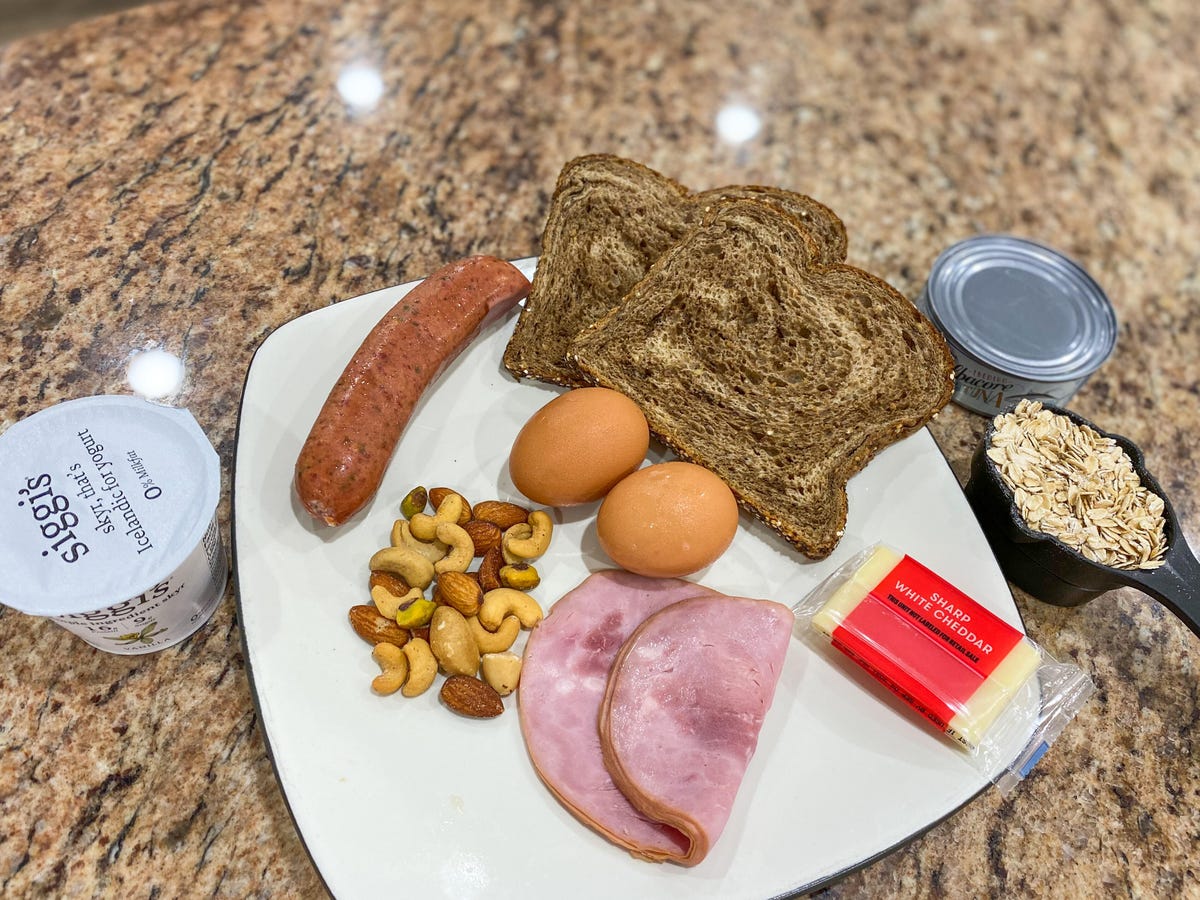
If you don’t have any dietary restrictions, eating 100 grams of protein per day should be pretty easy. Here’s one way to do it:
- Greek yogurt (15 grams of protein)
- Beef sausage (14 grams)
- 1 ounce of mixed nuts (5 grams)
- Two eggs (12 grams)
- Snack cheese (5 grams)
- Four slices (2 ounces) of deli ham (10 grams)
- Two slices of rye bread (10 grams)
- ½ cup of rolled oats (5 grams)
- One can of tuna (27 grams)
Everything pictured above comes to 103 grams, which puts you slightly over the 100-gram goal.
100 grams of animal protein
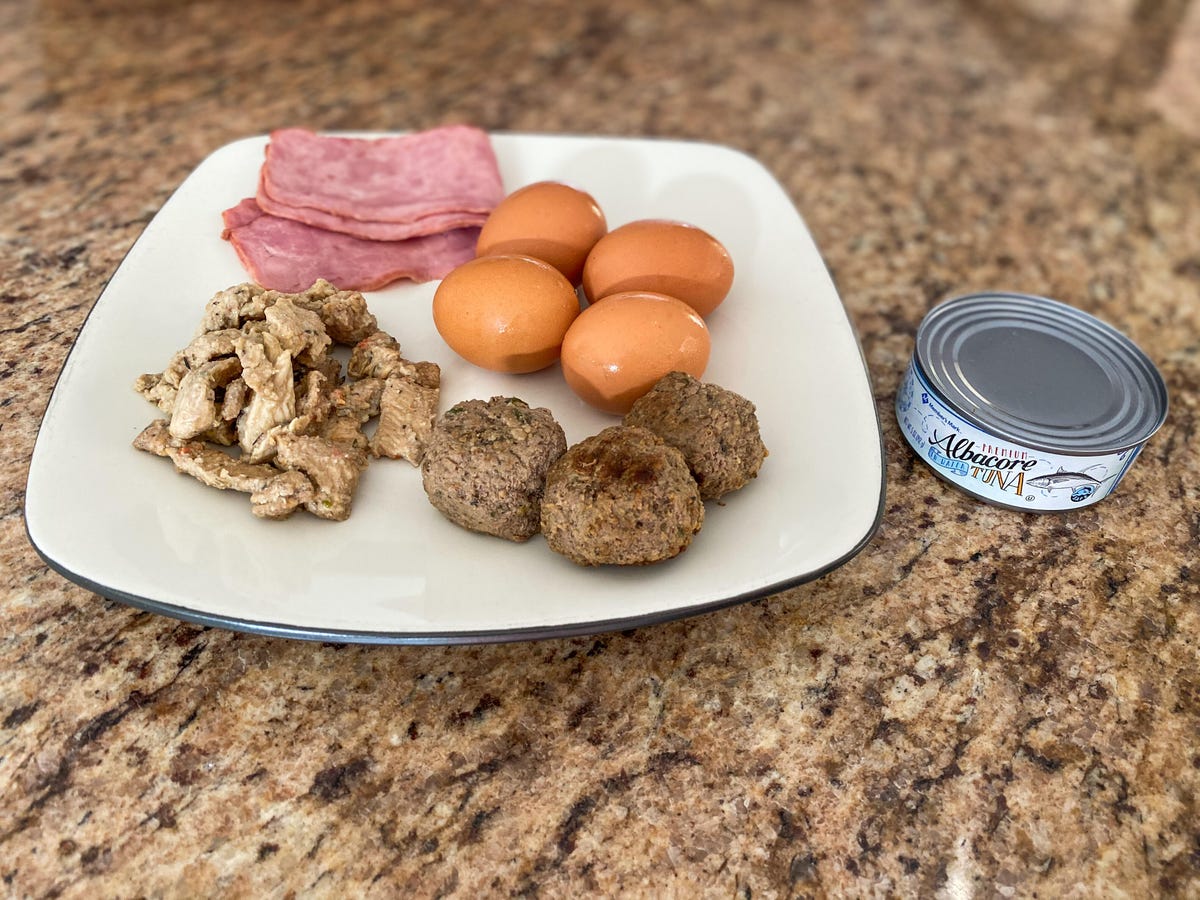
As you can see, getting 100 grams of protein from animal products doesn’t take much. This photo shows:
- Four eggs (24 grams of protein)
- Three beef meatballs (15 grams)
- Two slices (2 ounces) of turkey bacon (10 grams)
- 3 ounces of turkey breast (24 grams)
- One can of tuna (27 grams)
This amounts to a perfect 100. If you ate all of this in a day, plus bread and other nonanimal products, you would easily surpass 100 grams of protein in a day.
100 grams of protein for vegetarians
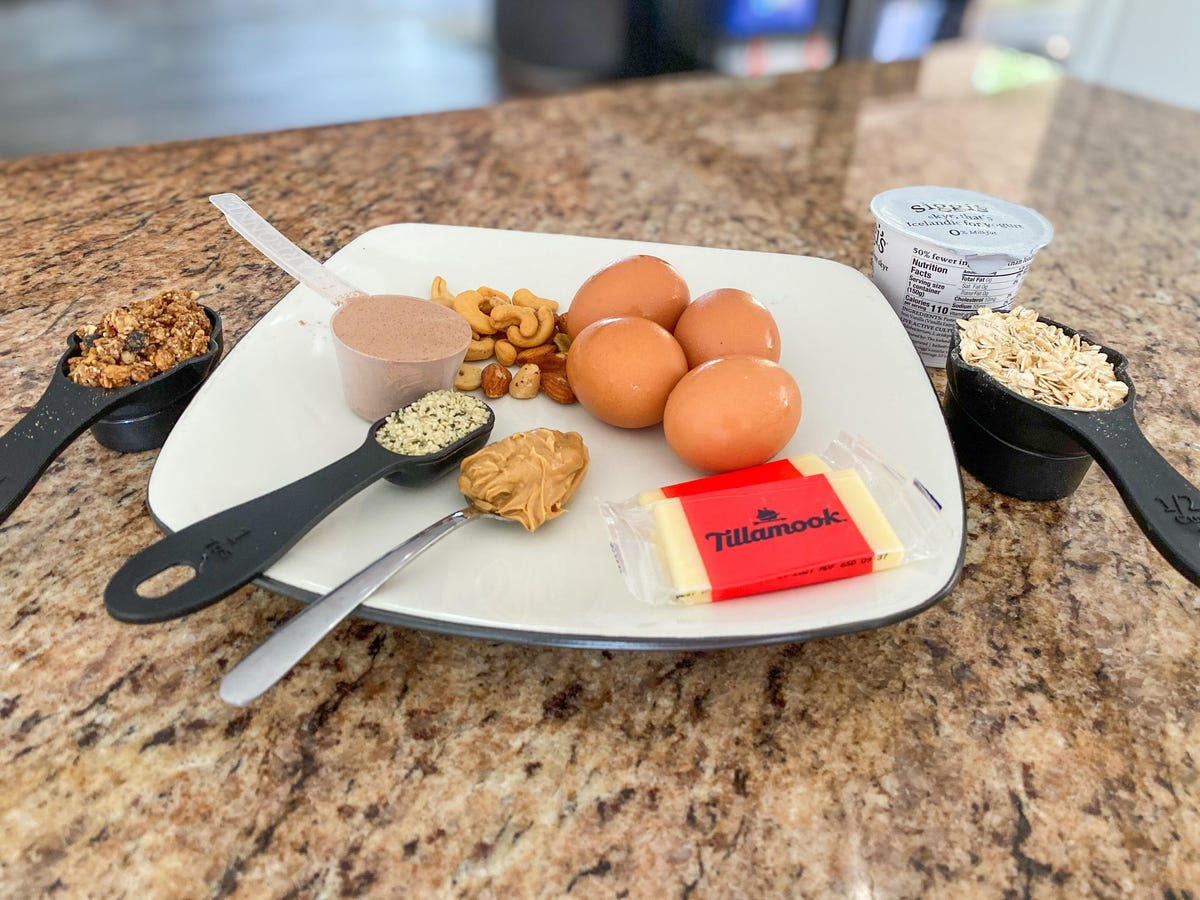
For vegetarians, 100 grams of protein might look like:
- Four eggs (24 grams of protein)
- ½ cup of rolled oats (5 grams)
- Two tablespoons of peanut butter (7 grams)
- One tablespoon of hemp seeds (4 grams)
- ¼ cup of protein granola (10 grams)
- One scoop of plant-based protein powder (20 grams)
- Two snack cheeses (10 grams)
- A single-serve Greek yogurt (15 grams)
This actually comes out to 99 grams of protein, which is pretty close and still a great number to hit for a day.
100 grams of vegan protein
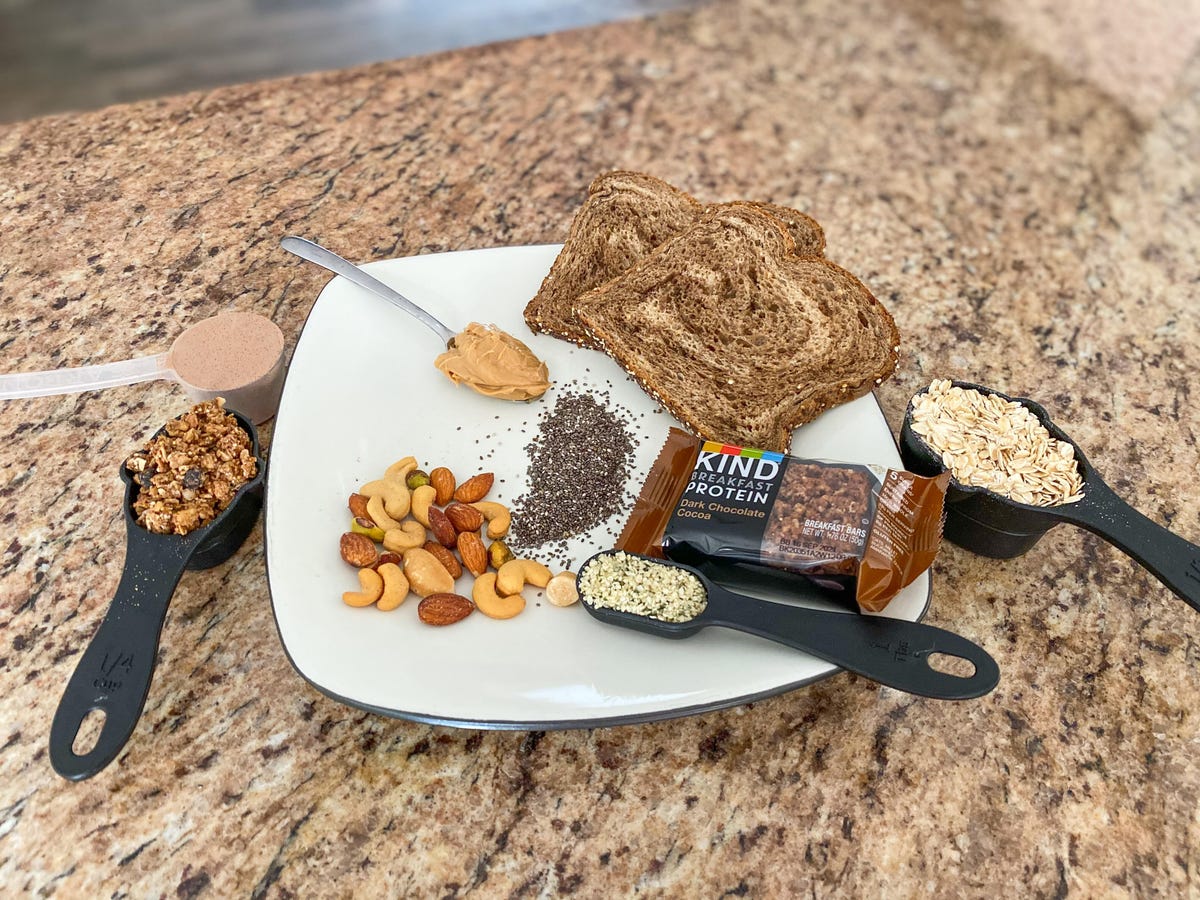
What you see isn’t totally what you get with this photo. In the photo, you see:
- ¼ cup of protein granola (10 grams of protein)
- One scoop of plant-based protein powder (20 grams)
- 1 ounce of nuts (5 grams)
- Two tablespoons of peanut butter (7 grams)
- Two tablespoons of chia seeds (about 10 grams)
- One tablespoon of hemp seeds (4 grams)
- Two slices of rye bread (10 grams)
- A protein granola bar (8 grams)
- ½ cup of rolled oats (5 grams)
This amounts to 79 grams of protein. If we double up on the mixed nuts, chia seeds and hemp seeds, this brings us to 93 grams of protein. You could add an extra tablespoon of peanut butter or eat a full cup of oats, instead of half a cup, to come closer to that 100-gram goal.
Also, this plate doesn’t include any high-protein vegan meat substitutes, such as tofu, tempeh or plant-based meats like the Impossible Burger. Those food sources can make it much easier to get 100 grams of protein than someone who eats a vegan diet.



